Interview with Jane Mersky Leder: 'Teen suicide IS preventable' @janemleder #teens #suicide #books
Jane Mersky Leder was born in Detroit, Michigan. The "Motor City"
and original home of Motown have driven her writing from the start. A
"Baby Boomer" who came of age in the Sixties, Leder is fascinated by
the complexities of relationships between generations, between genders, and
between our personal and public personas.
Dead Serious, a book about teen suicide, was named a YASD Best Book for Young Adults.
The second edition of Dead Serious (with a new subtitle): Breaking the Cycle of Teen Suicide, will be published on January 23, 2018, and will be available as both an ebook and paperback on major online book sites, at libraries, and at select bookstores.
Dead Serious, a book about teen suicide, was named a YASD Best Book for Young Adults.
The second edition of Dead Serious (with a new subtitle): Breaking the Cycle of Teen Suicide, will be published on January 23, 2018, and will be available as both an ebook and paperback on major online book sites, at libraries, and at select bookstores.
The Sibling Connection: How Siblings Shape Our Lives, and Thanks For The Memories: Love, Sex, and World War II are among Leder’s other books.
Leder’s feature articles
have appeared in numerous publications, including American Heritage, Psychology
Today, and Woman’s Day.
She currently spends her time in Evanston, Illinois, and San Miguel de Allende, Mexico.
She currently spends her time in Evanston, Illinois, and San Miguel de Allende, Mexico.
WEBSITE & SOCIAL LINKS:
WEBSITE | TWITTER | FACEBOOK
Q: Welcome to
The Writer's Life! Now that your book
has been published, we’d love to find out more about the process. Can we begin by
having you take us at the beginning?
When did you come up with the idea to write your book?
I never thought I’d write another book about teen suicide. It had been more than three decades since the publication of Dead Serious. I’d moved on to other topics like brothers and sisters and men and women during World War II. Sure, I was available to talk to anyone who was thinking about suicide or who was grieving after the loss of a loved one. But that was about it.Then I read an article about the significant surge in the number of middle school kids who take their own lives. Middle school? What could possibly go so wrong? I was compelled to find out and, in the process, realized that there were topics I had not covered in the 1st edition that I needed to address: bullying, LGBTQ kids, suicide prevention programs that work and more. That was it: I hit the ground running and never looked back.
Q: How hard was
it to write a book like this and do you have any tips that you could pass on
which would make the journey easier for other writers?
It’s never easy to talk about and write about suicide. Still, as a 2nd edition with some 30 years since the publication of the 1st edition of Dead Serious, I was more emotionally objective. The first time around—with my brother’s suicide still raw—it was a personal journey taken through the stories of other suicide survivors. This time, I was able to stand back a few steps back and look through the lens of someone who had grappled with the loss of a sibling and, in most ways, carried on. And it was fascinating to look at the world in 1987 and to understand how the world has changed so dramatically—particularly for teens.What tips would I pass on? Have a plan. Do your homework. Find the best experts to interview. Let them recommend others. Word of mouth is a powerful tool. Explore other books in your category and develop a niche that sets your book apart. Throw your net wide and listen. Write the kind of book you’d want to read. Make it as engaging as a good novel. And stay open to side jaunts along the way that may seem like deadends but that often lead to important discoveries.
Q: Who is your
publisher and how did you find them or did you self-publish?
Dead Serious is my first indie title. For years, I followed the traditional route and found an agent who peddled my book until a kindly editor brought the manuscript to the weekly meeting in which editors signaled thumbs up or thumbs down to a pile of books that had made the cut. Happily, three of my books made the cut.This time around, I wanted more control over the book’s cover, the interior design, public relations, ebook uploading, and all the rest of the decisions that make or break a title. And I wanted to get the book “out there” as soon as possible. I felt a sense of urgency as the number of teen suicides continued to climb to what is today a 40-year high.
Q: Is there
anything that surprised you about getting your first book published?
As my fourth book, what surprised me most was how much work it takes to be an indie author—and, dare I add, how much more expensive it can be. Even without the services of the PR firm that shall remain nameless and its off-the-charts fees, I spent a wad. The first question I often get is, “Will you make your money back?” I let out an audible “Ugh” which says it all. No, I won’t make my money back because of that PR firm that charged me a bundle and didn’t nab the big “hits” I’d hoped for. Still, it’s not making money this time around but, as trite it may sound, it’s about reaching as many people as possible and passing on the stories and strategies that can help break the cycle of teen suicide.
Q: What other
books are you working on and when will they be published?
I have a myriad of personal essays ready to go. Whether or not there is a viable market is a consideration. I’ve also just learned about an incredible 98-year-old woman who continues to express herself artistically and who creates magic. Her experiences mirror my own—albeit on a non-professional level—so there is a powerful connection there.
Q: What’s one
fact about your book that would surprise people?
In 2015, an estimated three million adolescents between twelve and seventeen had experienced at least one major depressive episode (MDE) in the past year. That’s 12.5% of the population in that age group. As distressing, if not more, is that 80 percent of kids with a diagnosable and treatable anxiety disorder/depression do NOT get treatment.
Q: Finally,
what message are you trying to get across with your book?
Three big takeaways:· Talking about suicide does not make matters worse. What makes matters worse is not talking. That may sound counterintuitive. But more than anything, a person struggling with suicidal thoughts wants someone to listen, to show that they care and that they “get it.” They want help, and anyone can be the conduit between a friend or loved one to a trusted adult.· It is never your job to save someone. The most effective thing you can do is line up at least one person you trust who can then seek professional help.· It is your job to break the code of silence if someone tells you not to tell anyone about her thoughts of suicide. Better to have an angry friend than no friend at all.
Q: Thank you
again for this interview! Do you have
any final words?
Teen suicide IS preventable.
About the Book:
Title:
DEAD SERIOUS: BREAKING THE CYCLE OF TEEN SUICIDE
Author: Jane Mersky Leder
Publisher: Independent
Pages: 237
Genre: YA Self-Help
Author: Jane Mersky Leder
Publisher: Independent
Pages: 237
Genre: YA Self-Help
BOOK
BLURB:
Thirty plus years after publishing the first edition of Dead
Serious, this second completely revised and updated edition covers new
ground: bullying, social media, LGBTQ teens, suicide prevention programs, and
more. Scores of teens share their stories that are often filled with hurt,
disappointment, shame--yet often hope. Written for teens, adults and
educators, Dead Serious: Breaking the Cycle of Teen Suicide explores
the current cultural and social landscape and how the pressure-filled lives of
teens today can lead to anxiety, depression--suicide. Leder's own journey of
discovery after her brother's suicide informs her goal of helping to prevent
teen suicide by empowering teens who are suffering and teens who can serve as
peer leaders and connectors to trusted adults. The skyrocketing number of teens
who take their own lives makes Dead Serious: Breaking the Cycle of Teen
Suicide more relevant and important than ever.
"Talking about suicide does not make matters worse. What makes matters worse is not talking."
"Talking about suicide does not make matters worse. What makes matters worse is not talking."






























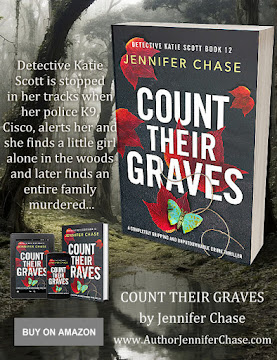





























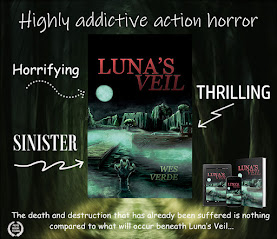






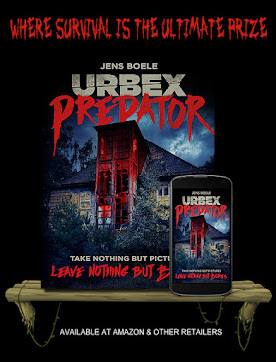









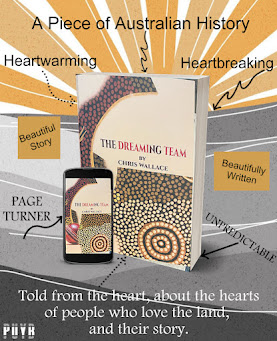




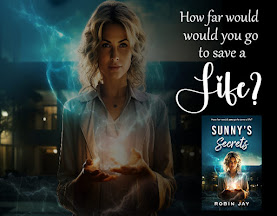















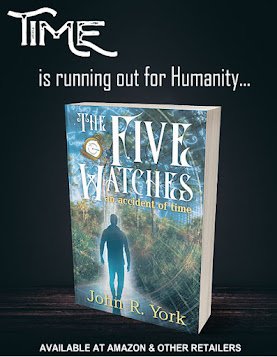










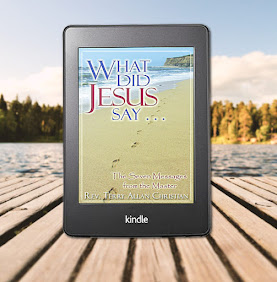






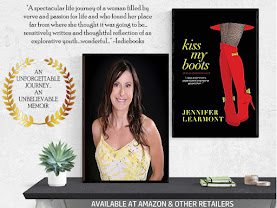




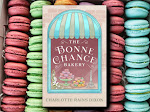
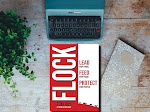


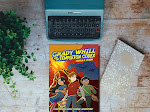







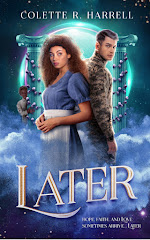
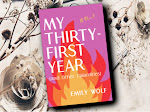



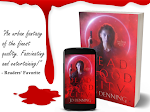


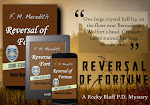









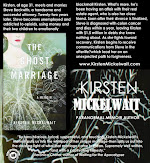




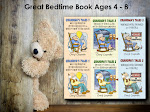

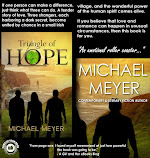
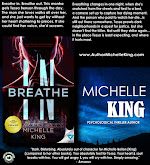
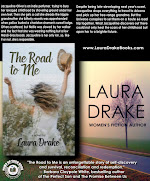


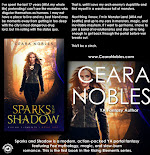
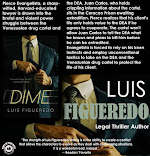








































Leave a Comment